COVID-19 has resulted in racist abuse and unsubstantiated claims of hoarding against Chinese and other Asian-Australians. Narratives about disease and competition for resources echo themes in anti-Chinese campaigns during the 19th century that shaped Australia’s identity. The Australian government has failed to adopt policies to educate the community about casual racism, making these deeply rooted anxieties far harder to combat. Australia’s comparatively large Chinese diaspora means a sizable minority is affected.
COVID-19 and racism in Australia
The global COVID-19 pandemic has resulted in reports of growing racism towards individuals of Chinese and East Asian descent around the world. Australia has not been exempt from this trend with numerous reports of racist abuse in public spaces, refusals to be treated by medical staff of “Asian” appearance, and even violent attacks.
More recently, with panic buying in supermarkets, misinformation has spread via conservative talkback radio and social media, including through fake accounts, that:
- Bus loads of “Asians” have emptied regional supermarkets of groceries to sell them overseas;
- Chinese-Australians have been ordered to obtain medical supplies by the Chinese government; and
- A business in Melbourne was hoarding food to send to China (a claim shared on Facebook over 95,000 times).
Previous media stories on the organised dàigòu (代购) – the purchasing of goods such as baby formula to sell to consumers in China – have added to the public’s propensity to believe in these rumours.
The centre-right Commonwealth Government has responded to these rumours by announcing it would take action to restrict the purchasing of goods such as face masks, hand sanitiser and medicines to be re-sold or exported in bulk with a penalty of up to five years’ imprisonment.
While there is evidence that companies with China-based owners were organising donations of medical supplies to China in January and February, contrary to claims of secrecy, these activities were publicised at the time. Unfortunately, it has become conflated with general shortages in supermarkets that are due to supply chain distribution issues.
Recent reportage has only fed into existing racialised anxieties towards any individuals of Chinese or East Asian appearance doing grocery shopping. Recent polling shows three-quarters of Australians believe supermarkets are being emptied by “outsiders” and that hoarding to onsell is occurring.
Parallels with 19th century anti-Chinese sentiment
The common themes in racism related to COVID-19 are not new. Parallel narratives about disease and competition for resources were prominent in 19th century anti-Chinese campaigns. For example, comments about the eating and hygiene habits of Chinese people mirror 19th century anti-Chinese rhetoric focused on the ‘strange ways’ identified with the Chinese, citing them as the source of various diseases, and representing them as unclean, sick, contagious ‘aliens’.
These narratives were by no means unique to Australia – they were also common in the United States during the 19th century. But unlike the United States, anti-Chinese rhetoric was formative to the concept of Australian identity. John Fitzgerald’s Big White Lie: Chinese Australians in White Australia noted a clash of cultures was emphasised to justify exclusion, with the construction of a Chinese “Other” against stereotypical Australian values such as equality, mateship and the fair go. He explained the caricature was that the Chinese were hierarchical and servile, prioritising profit over friendship, and preferring ‘Oriental’ despotism to Australian democracy.
Australia’s problem with casual racism
While Australian political leaders have spoken out against racism, some commentators have retorted that “It’s fear not racism”. This highlights a continuation of casual racism, that is, conduct involving negative stereotypes or prejudices about people on the basis of race, colour or ethnicity. To these commentators, racism stems from the actions of “bad” individuals with malice or hatred, rather than being caused by a combination of prejudice and institutional power. This misunderstanding makes racism harder to combat. Former Race Discrimination Commissioner Tim Soutphommasane has noted this problem, suggesting that calling out racism is often seen to be worse than the act itself.
The Chinese diaspora in Australia
By global standards, Australia has a large China diaspora, at 5.6% of its total population. Proportionally, Australia’s Chinese diaspora is amongst the largest in the Western world. The sizeable and growing minority of Australians of Chinese descent, as well as other Asian-Australians who are often mistaken for being Chinese, are becoming collateral damage during this pandemic, reflecting the historical caricature and casual racism of many (white) Australians.
Given concerns that the Chinese government has sought to position itself as a global protector of the Chinese diaspora, and to seek its loyalty, the Australian government should not downplay worries about growing discrimination and suspicion towards Chinese-Australian communities. Instead, this problem should be taken seriously.
Policy recommendations
The recommendations below aim to mitigate against the COVID-19 related racism and xenophobia we are currently seeing in Australia.
- The Commonwealth Government should fund a national anti-racism campaign and education program to improve community understanding about what is racism and discrimination.
- The Australian Press Council, working with the Australian Human Rights Commission, should develop advisory guidelines for reporting on China and Chinese-Australian communities to assist newsrooms and media professionals understand what might be considered Sinophobic, and the reasons why.
- Social media platforms should be required to make it easier to report and remove trending content confirmed as false that may encourage COVID-19 related racism. Individuals who share removed content should be directly informed by platforms that the content was verified as false.
- Online reporting tools should be used by civil society groups to track instances of racism and discrimination against Chinese-Australians (and indeed all ethnic minority groups), provide support to victims, track trends, develop resources and inform advocacy.


